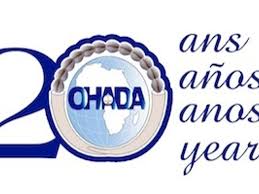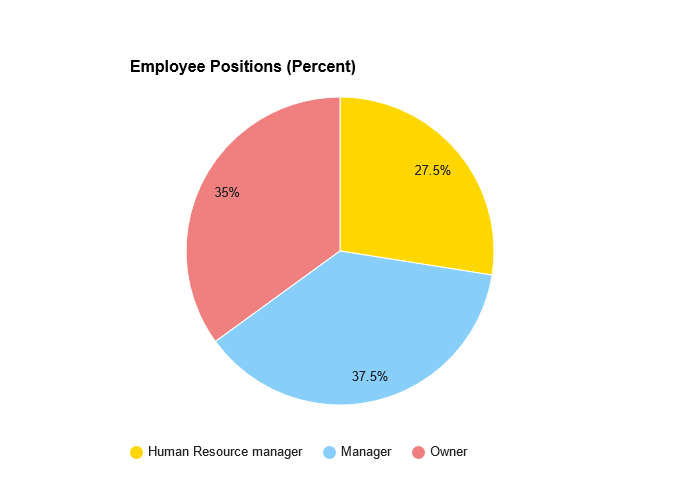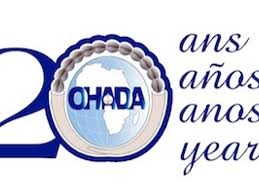
Understanding Simplified Recovery Procedures: A Businessperson's Dialogue on Injunctions to Pay
Businessperson (Alice): "I’ve heard about the process of 'injunctions to pay' under the new OHADA Uniform Act of 17 October 2023. Could you explain what this means for debt recovery?"
Lawyer (John): "Absolutely, Alice. The process of injunctions to pay is a simplified legal procedure designed to help creditors recover debts that are certain, due, and payable. Essentially, it streamlines the recovery process for debts arising from contracts, negotiable instruments, or checks issued without sufficient funds."
Alice: "So, how do I initiate this process if someone owes me money?"
John: "The process starts with filing an application at the competent court. The court should be in the jurisdiction where the debtor resides or, if there are multiple debtors, where any one of them resides. However, if your contract includes a jurisdiction clause, you can choose a different court as specified in the agreement."
Alice: "What must the application include to be considered valid?"
John: "Great question! The application must include the names and addresses of the parties involved. If it’s a company, then the corporate form, name, and registered office must be listed. Additionally, you need to clearly state the amount you’re claiming, with a detailed breakdown of the debt’s components, and provide the grounds for your claim. Importantly, you must attach the originals or certified copies of the supporting documents. If you don’t live in the State where the court is located, you need to provide an address for service within the court’s jurisdiction."
Alice: "Once the application is filed, what happens next?"
John: "After you file the application, the President of the competent court, or a Judge delegated by them, will review the documents. This review must happen within three days of the application being submitted. If the court finds that your claim is wholly or partially justified, they will issue an injunction to pay the amount they determine is due. If your application is dismissed, the court must provide reasons, and you won’t be able to appeal the decision. Your only option then would be to pursue a regular civil claim."
Alice: "What do I do with the injunction to pay once it’s issued?"
John: "The Court Registrar will keep the originals of both your petition and the injunction. You’ll get a certified copy, which you then need to serve to the debtor using an extrajudicial act, essentially a formal legal notice. Remember, the injunction will be nullified if you don’t serve it within three months of the court’s issuance."
Alice: "Is there a specific way the injunction to pay should be served to the debtor?"
John: "Yes, the service must be precise to avoid nullity. The service notice must inform the debtor that they have ten days to either pay the amount specified, including any interest and costs, or to file an opposition if they have valid defenses. Additionally, it must state the deadline for filing opposition, the court where the opposition should be filed, and the required form for the opposition. It should also let the debtor know they can review the documents you submitted at the court registry and warn them that failure to oppose within the set timeframe will result in them losing the right to appeal, allowing you to enforce payment by any legal means."
Alice: "And if the debtor still doesn’t respond or opposes improperly?"
John: "If the debtor fails to respond properly and the court finds the service did not meet the necessary legal requirements, they may annul the service. However, this annulment doesn’t address the debt itself; it simply means you’ll need to re-serve the injunction correctly, adhering to the rules regarding timing and proper procedure."
Alice: "This seems like a structured process, but are there risks if it’s not followed correctly?"
John: "Absolutely, Alice. The procedure is strict, and any missteps, particularly with documentation, deadlines, or the service process, could invalidate your claim. It’s essential to carefully follow each step and ensure all documents and notices are properly prepared and delivered. When done correctly, the injunction to pay is a powerful tool for recovering debts efficiently."
Alice: "Thank you for clarifying all this, John. It’s helpful to know there are mechanisms in place to help recover debts in a fair and timely manner."
John: "You’re welcome, Alice! Always happy to help you navigate these legal processes to protect your business interests."
Stay updated on the latest legal changes with OHADA. Visit Solafide.tech to learn more about our accounting solutions and register for cloud services at Accounting.Solafide.tech.










